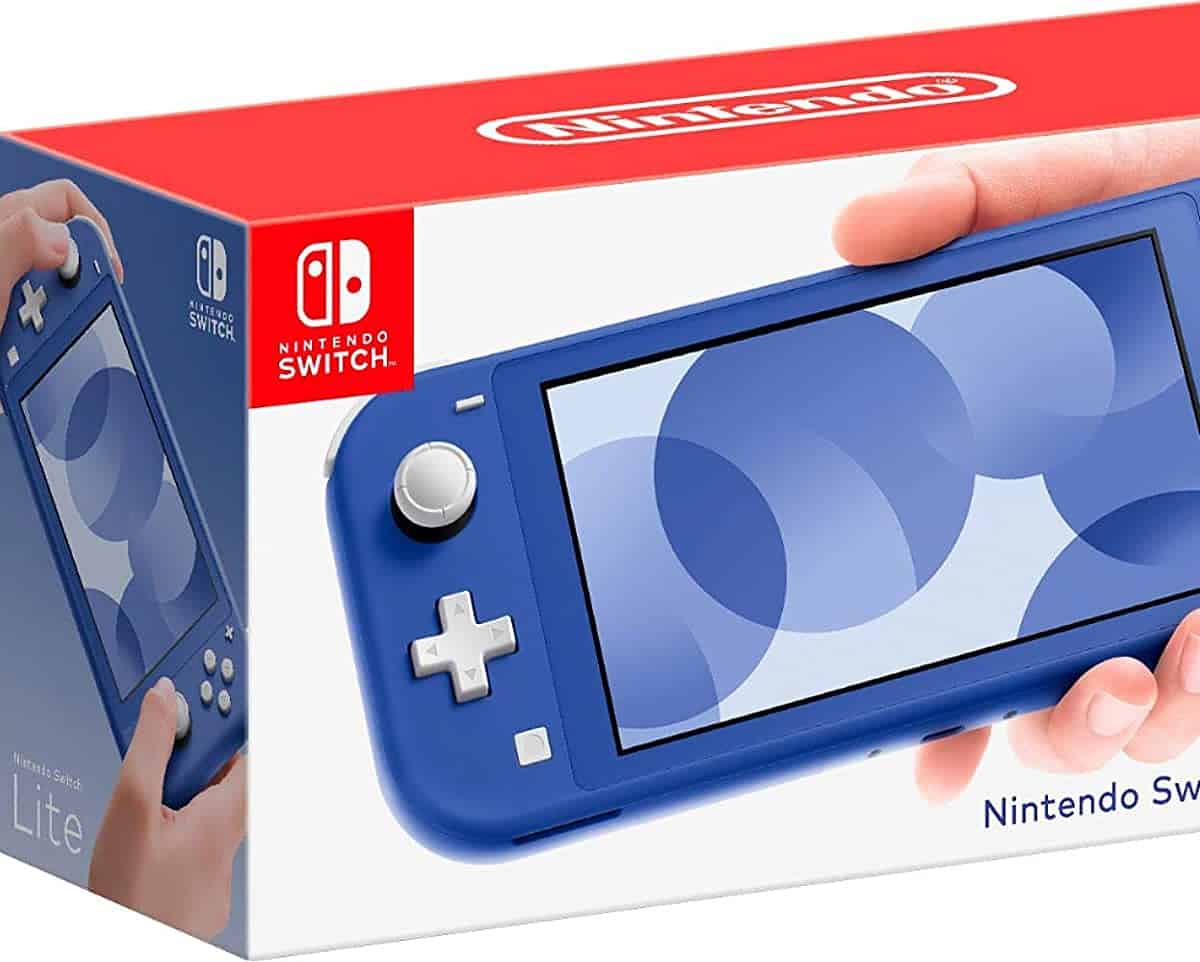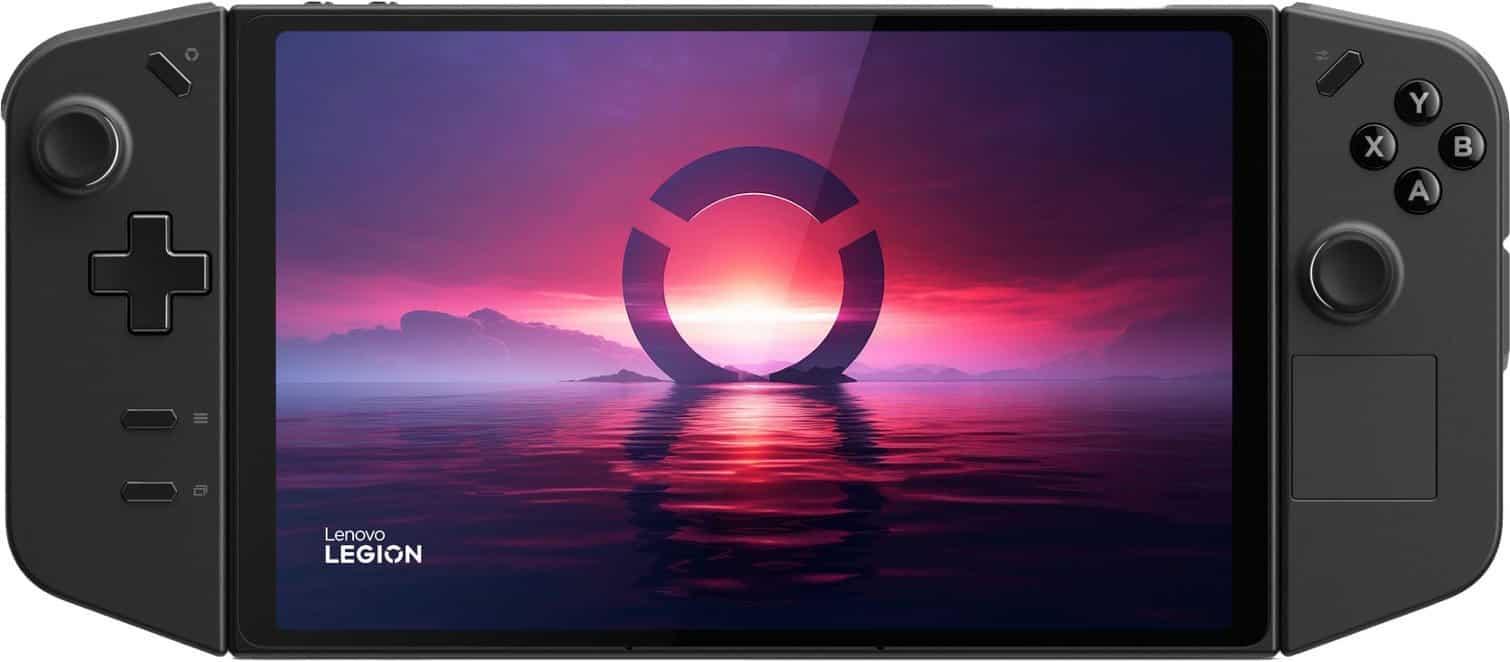You can trust VideoGamer. Our team of gaming experts spend hours testing and reviewing the latest games, to ensure you're reading the most comprehensive guide possible. Rest assured, all imagery and advice is unique and original. Check out how we test and review games here
We’re pitting the Lenovo Legion Go vs Nintendo Switch to help you figure out which handheld console is the right one for you.
It’s been a significant year for handheld gaming. Sony has announced the first PlayStation venture in handheld since the PS Vita and the ASUS Rog Ally took handheld gaming’s specs up a level. This, plus the success of the Steam Deck means it’s no surprising fellow gaming giants like Lenovo also threw its hat into the saturated ring. For our full thoughts on the handheld, check out the Lenovo Legion Go review.
Traditionally it has been Nintendo that has dominated the handheld console market, with each generation of their devices offering a distinct take on the concept. The Nintendo Switch was no different and it has proved enduring popular since its release, melding the gap between handheld and home console gaming to become a juggernaut force even nearly seven years after release.
The Lenovo Legion Go and other handheld PCs just like it have upped the ante with increased performance and bleeding edge specs, but at higher price points. There’s not necessarily an easy winner here and that’s why we’re going through step by step to help you make an informed purchasing decision.
How does the performance compare between the Steam Deck and the Lenovo Legion Go?
| Specification | Lenovo Legion Go | Lite/Switch/OLED |
|---|---|---|
| Display size | 8.8in | 5.5/6.2/7in |
| Display resolution | 2560 x 1600 | 1280 x 720 |
| Refresh rate | 144Hz | 60Hz |
| CPU | AMD Ryzen Z1 Extreme | NVIDIA Custom Tegra processor |
| RAM | 16GB LPDDR5x | 4GB LPDDR4 |
| Storage | 512GB, 1TB | 32GB/32GB/64GB |
The specs reveal that these are two pretty different consoles and across the board the Lenovo Legion outperforms its Nintendo counterpart. In terms of computing power, the Lenovo Legion Go is even able to go head to head with the Asus Rog Ally, thanks to its huge 16GB RAM count, and top-end Ryzen Z1 Extreme CPU.
This means it will be very capable of generating photorealistic graphics in any Triple-A title you throw at it. However, in some ways, this point is somewhat mooted, as the Nintendo Switch is not trying to create photo-realistic graphics. Even though its 4GB LPDDR4 RAM is on the small side, it is still able to handle the dedicated Switch games that are designed specifically for it.
For display, again the Lenovo Legion Go pushes the capabilities of handheld. First of all, it’s huge, measuring 8.8 inches, bigger than almost all of the competition. It’s also got an impressively fast 144Hz refresh rate and crisp resolution. Meanwhile, each version of the Nintendo Switch has a different screen size, ranging from 5.5 inches for the Switch Lite, to 7 inches for the Switch OLED.
It’s this last Switch that does hold one advantage over the Legion Go, thanks to its OLED display technology. This is able to create more vibrant colours and deeper blacks, as it is not universally backlit.
How does the design of the Lenovo Legion Go compare to the Switch?
Despite the significant difference in specs between the Lenovo Legion Go and the Nintendo Switch, the essentials of their design are actually very similar.
For both these devices, their physical design facilitates one of their primary selling points. Both the Lenovo Legion Go and the Nintendo Switch can be used as standalone handheld gaming devices, or connected to a monitor and used essentially as a games console. When in handheld mode, both have analog sticks and input buttons on either side of the screen, which allows for comfortable and convenient handheld play. These inputs are also removable, giving you two wireless controllers. This means you can easily switch to playing on a gaming monitor, without having to purchase or connect a new controller.
This feature is hugely convenient and allows the Legion Go and the Switch to be used in a traditional sitting room gaming set-up, and on the move. That said, the best Nintendo Switch Pro controllers are still external devices, and the same is true for the Legion Go. This is because, due to their attachable nature the built-in controllers for both Switch and the Go are on the small side for competitive online play.
How does the price of the Lenovo Legion Go compare to the Switch?
Both the Lenovo Legion Go and the Nintendo Switch come in different versions, each with different price points. The two versions of the Legion Go differ in the amount of internal storage they offer. You can get 512GB for $699, or double that storage capacity for just $50, giving you 1TB for $749. Either option will facilitate a significant gaming collection, which shows another strength of the Legion Go vs the Asus ROG Ally.
The Switch is a significant chunk cheaper, even in its premium OLED version. As the name suggests, the Nintendo Switch OLED has a vibrant OLED display and 64GB of storage, vs the 32GB found in the Switch and Switch Lite. Its screen is also larger at 7 inches. These bonuses come with a $345 price tag, vs $299 for the Switch and $199 for the Switch Lite.
Nintendo Switch Lite

Screen size
5.5 inch
Resolution
1280 x 720
Storage
32GB
CPU
NVIDIA customised Tegra processor
Lenovo Legion Go 512GB

Display
8.8in
CPU
AMD Ryzen Z1 Extreme
RAM
16GB
Storage
512GB
Final word
While the Lenovo Legion Go is a powerful performer, we don’t think it’s the one of the best handheld games consoles on the market. Firstly, it’s priced higher than its competition of the Steam Deck OLED and the ASUS ROG Ally, and doesn’t have the ease of use of either. If you’re someone that wants a pick up and play experience for a good price then the Nintendo Switch will be a better investment, and if you’re after a handheld PC experience, you’re better off with hardware made by Valve or ASUS.
We’ve also done a detailed head-to-head on the Lenovo Legion Go vs Steam Deck OLED if you want a deeper dive into why Valve’s handheld is the better option and why. The Go has many redeeming qualities for sure, but for most people you may be better off with an alternative. It’s only the enthusiasts who will get the most out of what the 1600p machine can do.









